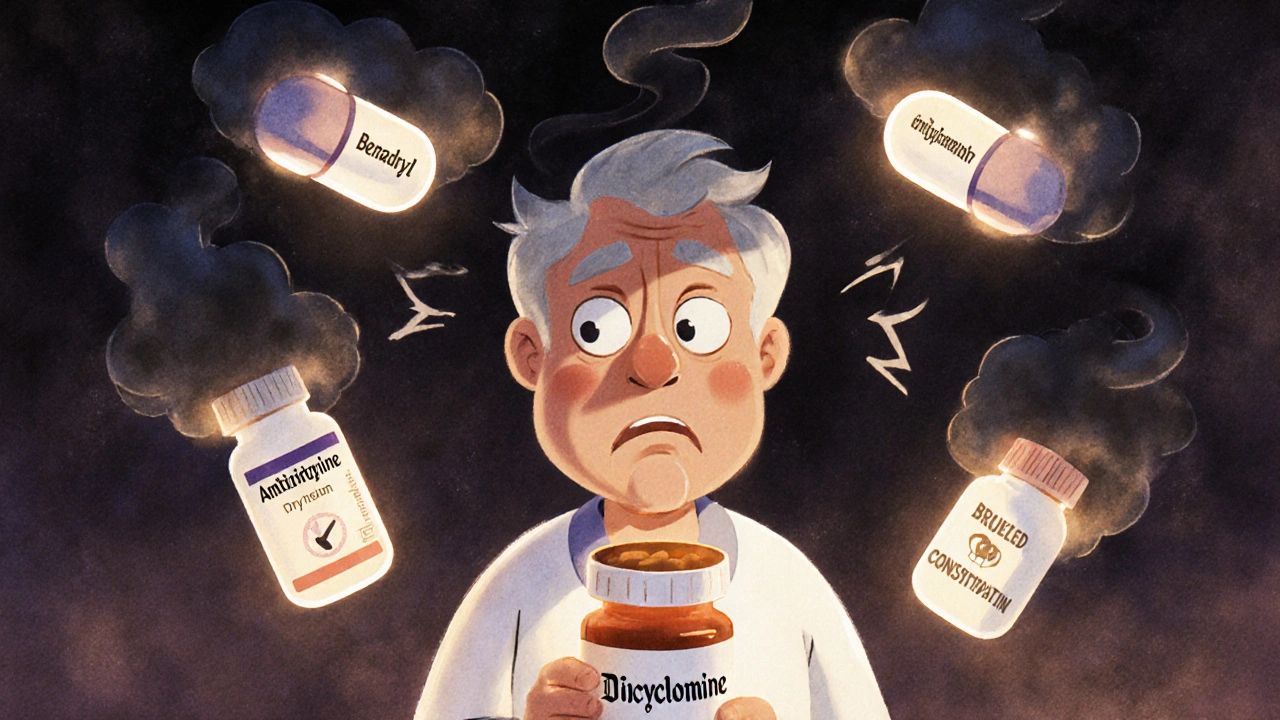Drug Interactions: What You Need to Know Before Mixing Medications
When you take more than one medication, or even certain foods and supplements, you might be setting off a hidden reaction called drug interactions, a harmful or reduced effect caused when two or more substances affect each other in the body. Also known as medication interactions, these aren’t just rare side effects—they’re a leading cause of hospital visits, especially in older adults taking multiple prescriptions. It’s not just about pills. Coffee, chocolate, grapefruit juice, and even herbal teas can change how your body handles drugs like blood thinners, antidepressants, or thyroid meds.
Tolerance loss, the body’s reduced response to a drug after stopping and restarting it is one of the most dangerous forms of drug interaction. Restarting opioids or benzodiazepines after a break can lead to overdose because your body forgot how to handle the dose. Then there’s renal function, how well your kidneys filter waste and drugs from your blood—creatinine levels from supplements like creatine can trick doctors into thinking your kidneys are failing when they’re not. And don’t forget anticholinergic burden, the cumulative effect of drugs that block acetylcholine, which can cloud your thinking over time. These aren’t just medical terms—they’re real risks hiding in your medicine cabinet.
Some interactions are obvious: mixing alcohol with sedatives can slow your breathing to dangerous levels. Others are silent. Chocolate with antidepressants? Can spike serotonin. Grapefruit with blood pressure meds? Can send your numbers crashing. Even generic drugs, which are supposed to be identical to brand names, can behave differently in complex forms like inhalers or creams—because proving they work the same is harder than it sounds. And if you’re on immunosuppressants after a transplant, probiotics aren’t harmless—they can cause life-threatening infections.
This collection doesn’t just list risks. It shows you how to spot them before they hurt you. You’ll find clear guides on avoiding overdose when restarting meds, how to test kidney function if you’re taking creatine, why coffee can ruin your thyroid pill, and what to do if you’ve already mixed something risky. We cover everything from common painkillers like Voveran and acetaminophen to complex combos like Hyzaar and Protonix, and even how diet and gut health influence how drugs work. These aren’t theoretical warnings—they’re real stories from people who learned the hard way.
Whether you’re managing diabetes, chronic pain, high blood pressure, or mental health meds, you’re not alone in worrying about what’s safe to take together. The goal here isn’t to scare you—it’s to give you the tools to ask the right questions, check your own meds, and avoid the silent dangers most doctors don’t have time to explain. What you’re about to read could be the difference between feeling better… and ending up in the ER.

